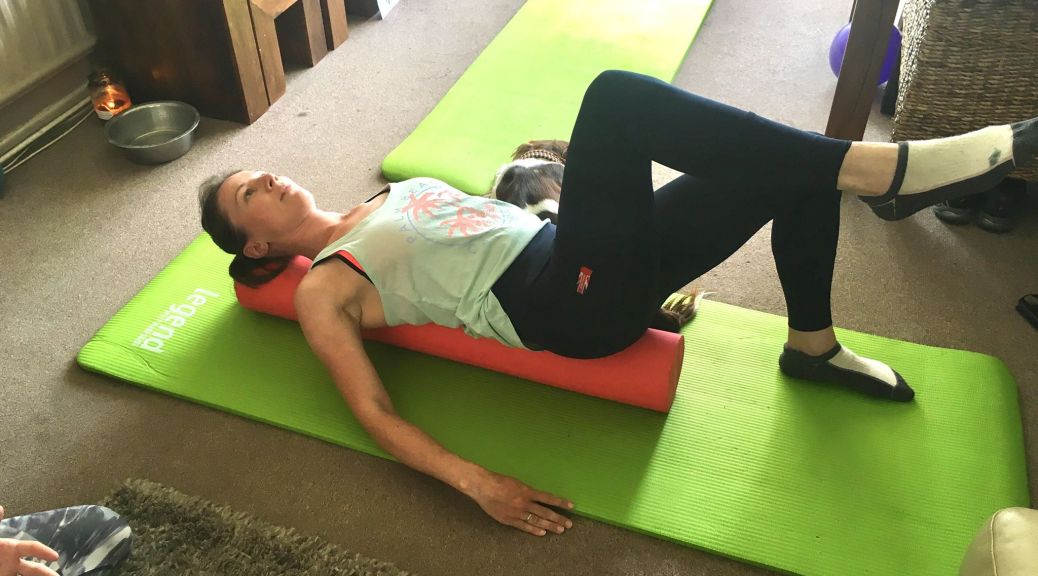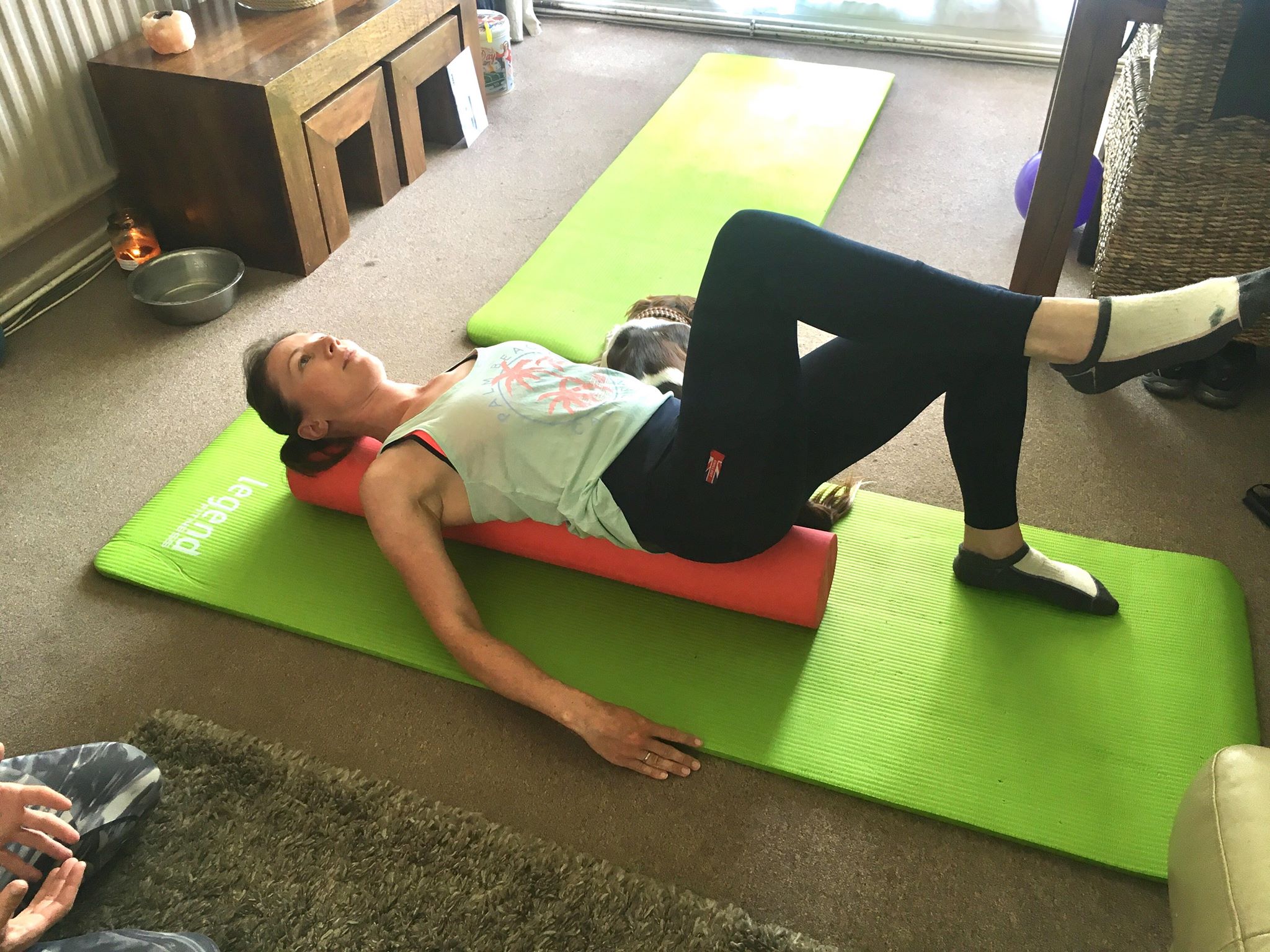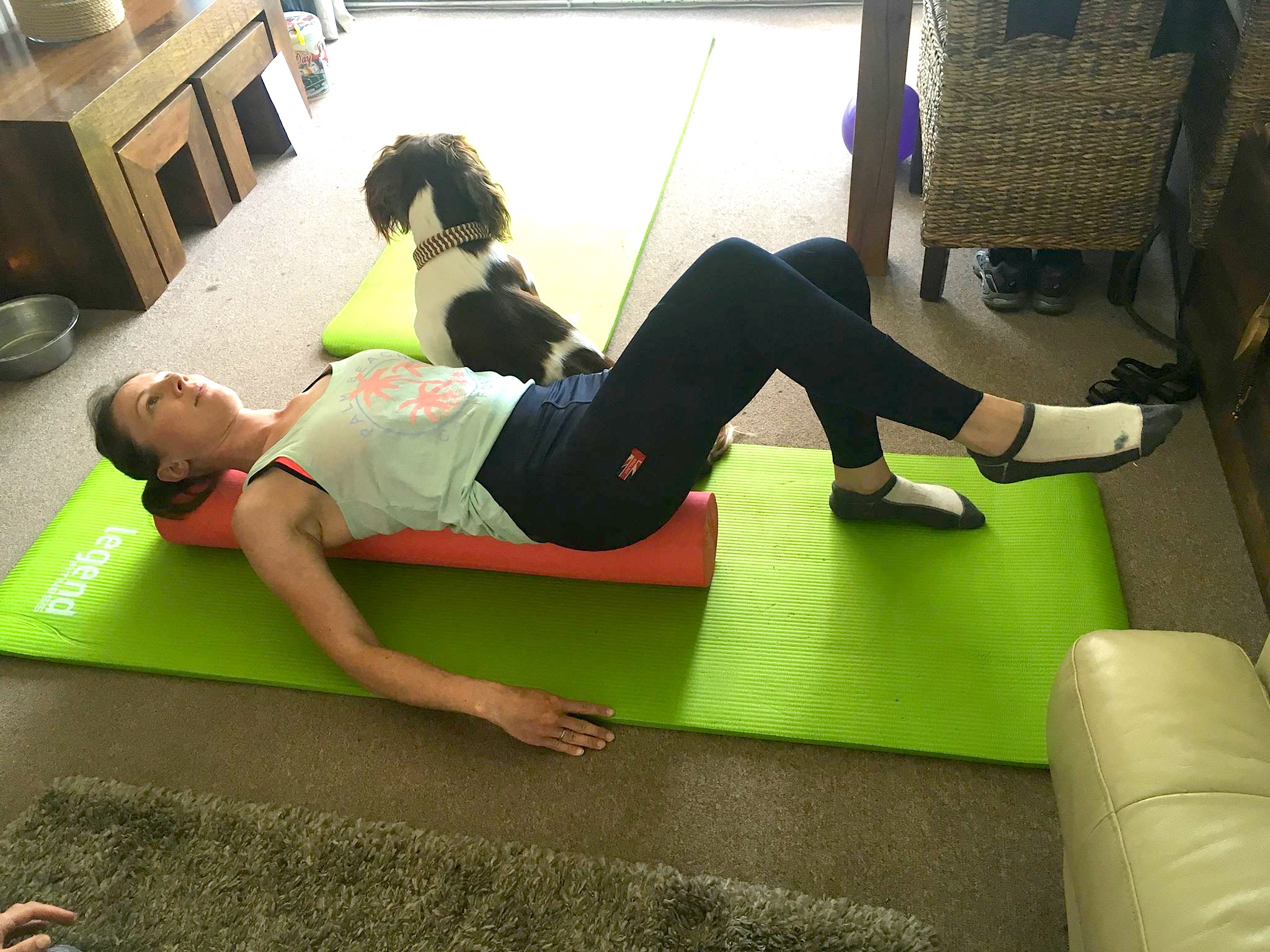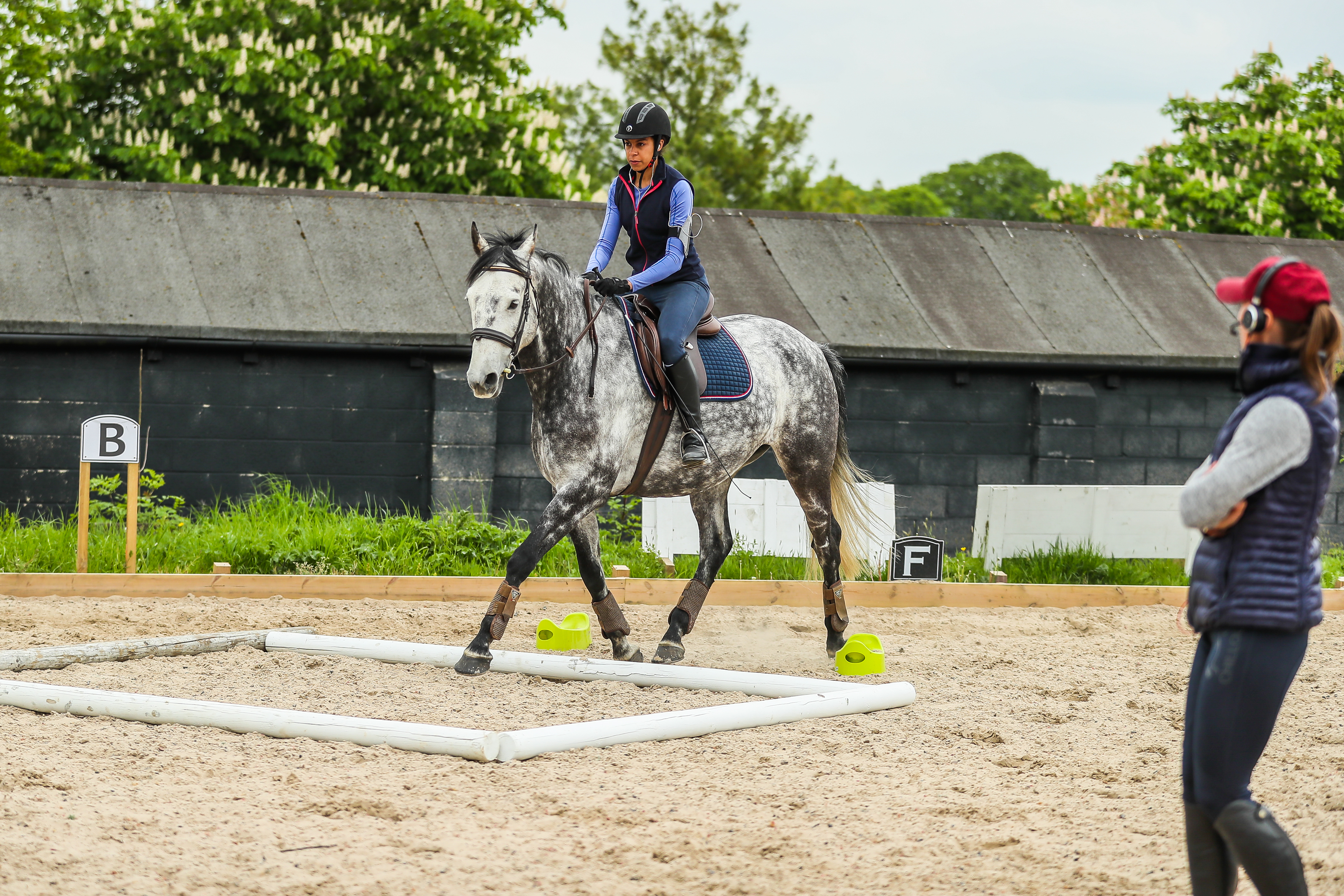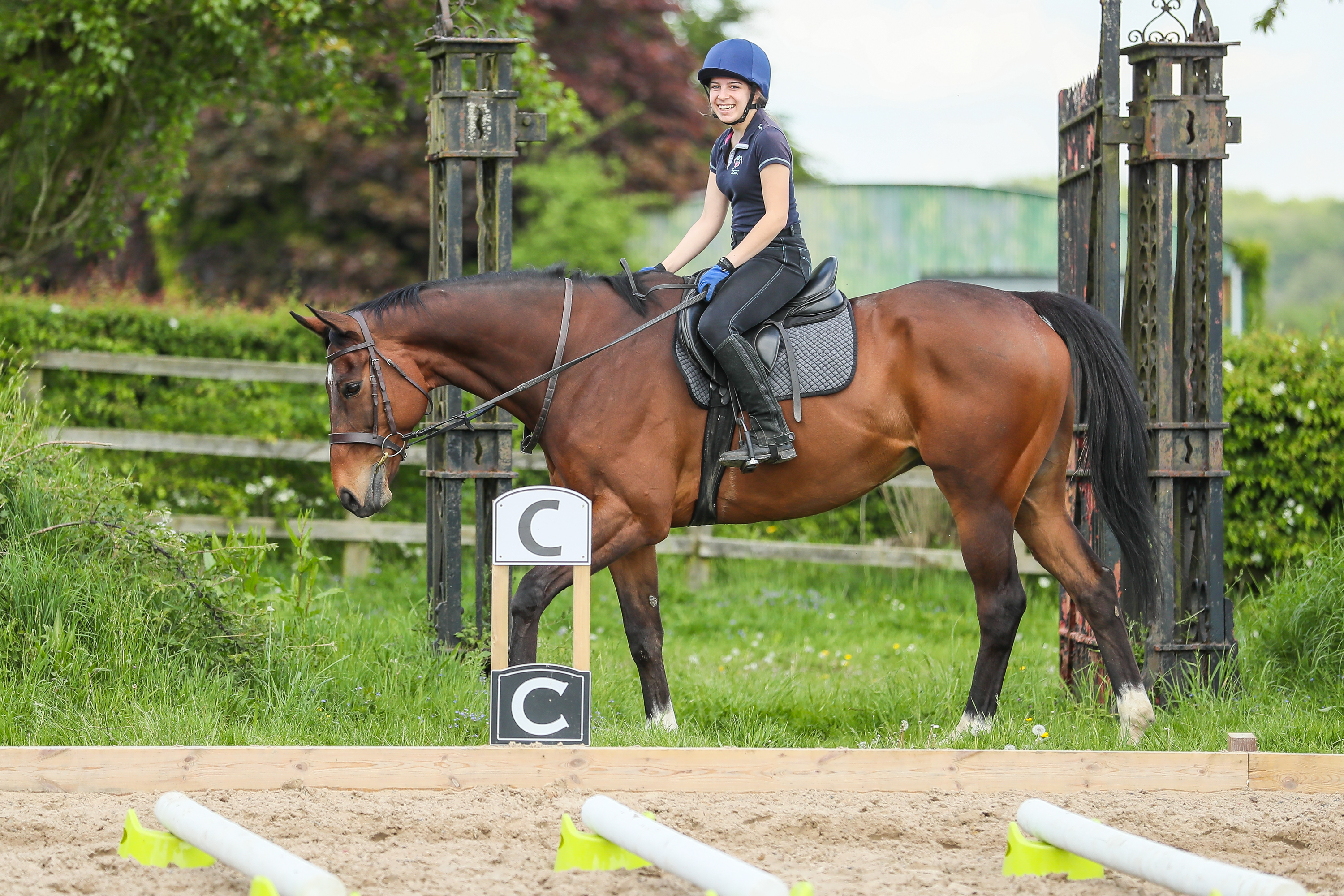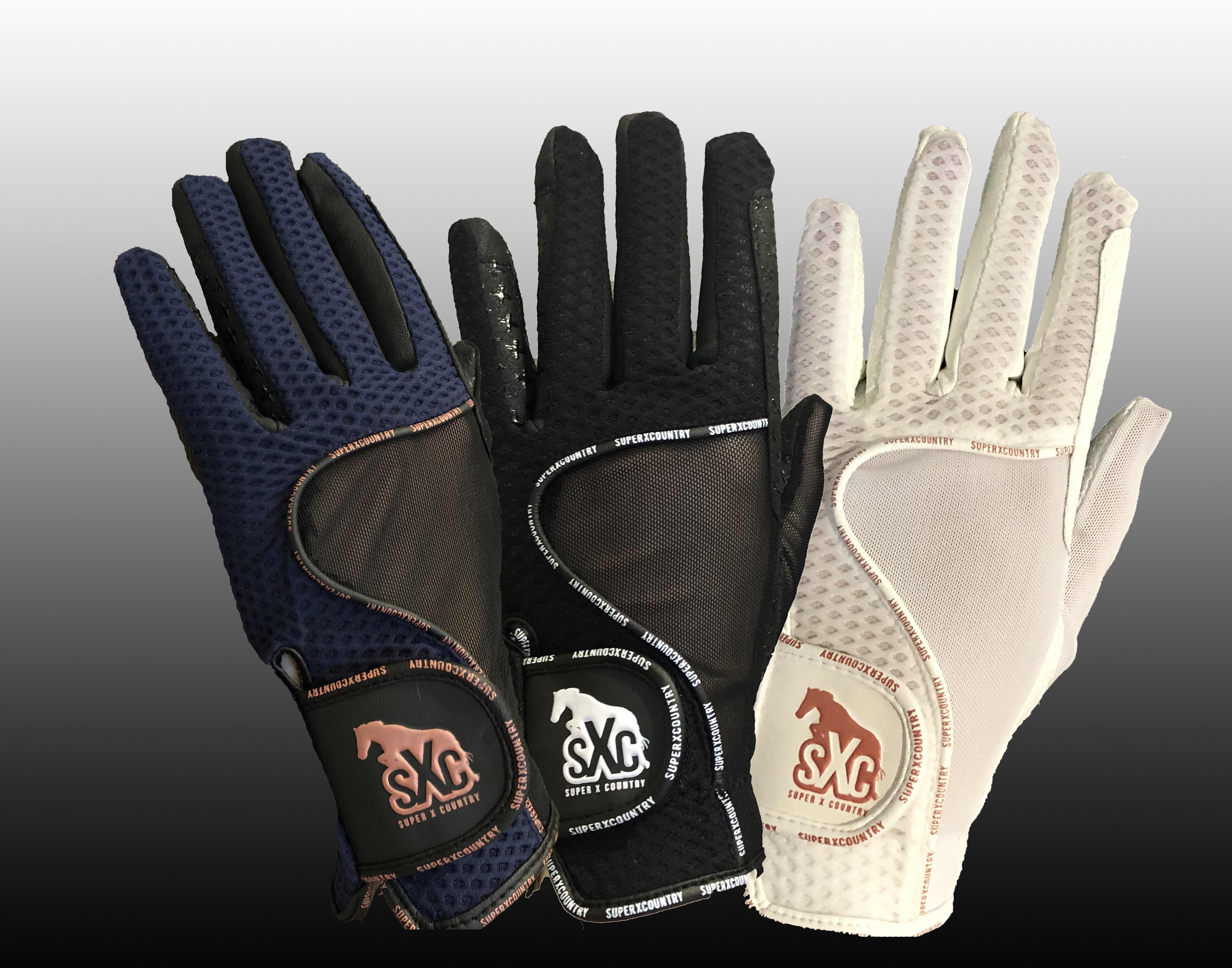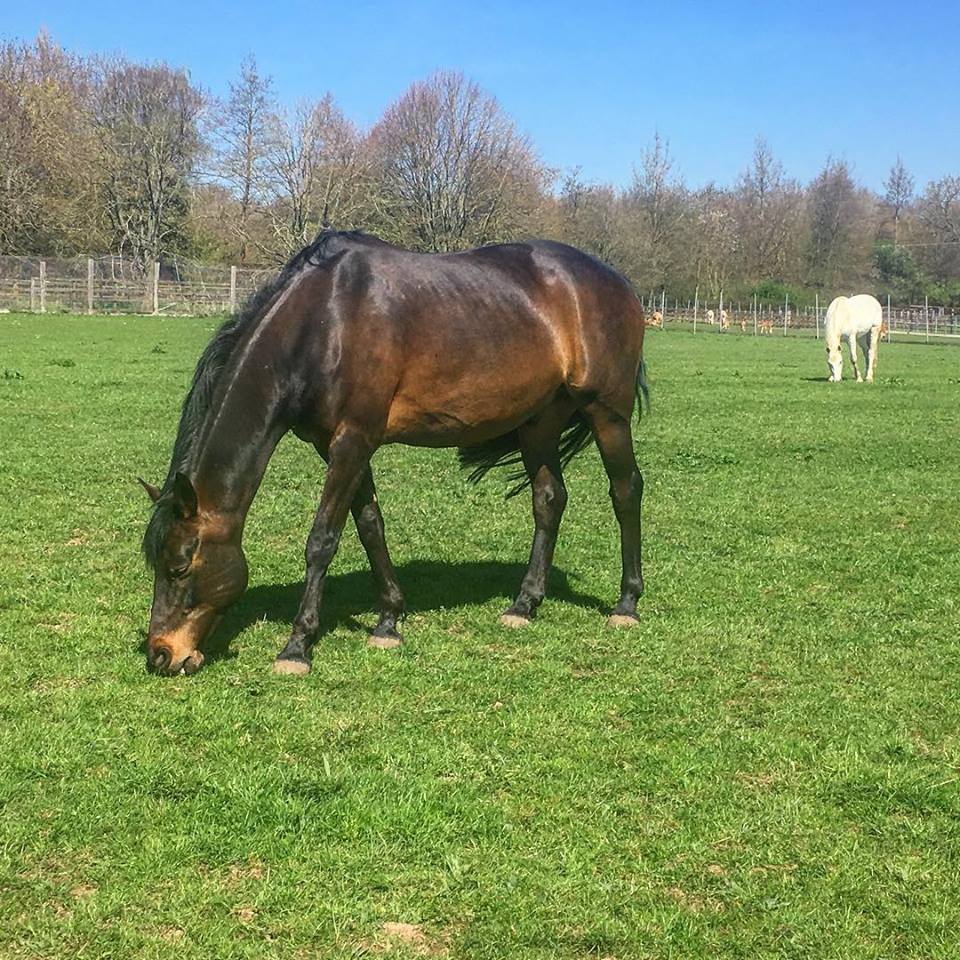INITIAL IMPRESSIONS
The first time I tried these bands with various riders I wasn’t entirely sure what to expect. They arrived with a leaflet and a link to a video briefly explaining how to use them and the benefits they might have.
Being someone who appreciates rider development tools, I fired the good old Google searches and got down to educating myself on the ins and outs of using resistance bands for posture training. After a few days of reading, I was quietly excited to give this new toy a go.
I was prepared for the riders to feedback about feeling some level of increase of the effort through their core muscles, maybe better awareness of where their centre of balance was and I hoped for a good level of improvement of their lateral crookedness.
They experienced all that and much more…Once they worked themselves through the initial bewilderment of the feel of the bands, here is what I observed :
IN THE HORSES:
- nearly immediate and substantial improvement in basic straightness through the body
- many laid back horses moving with more impulsion
- sensitive horses slowing down and moving calmer
- hollow horses showing improved relaxation through the back and offering more functional, lower, more relaxed neck positions
- stabler neck position (in the middle of the shoulder blades instead of displaced positions)
IN THE RIDER:
- huge improvement in rider’s ability to maintain rhythm in trot and canter
- huge improvement in rider’s ability to “internally understand” (vs intellectual understanding only) the feel of the horse staying off the forehand
- nearly immediate internal understanding of the pelvis-to -contact connection/relationship
- nearly immediate internal understanding and heightened perception of the “stable hands” concept (huge decrease in lifting/busy-ness of the hand(s) etc)
- various “riding through the seat” concepts like weight aids and importance of central body position sinking in into the rider’s feel very quickly
Many of these findings were a big surprise to me albeit very welcomed! It often takes me weeks if not months of many well thought out exercises to build certain feels in the rider and for them to become established enough to be sustainable and able to be repeated. The seemingly inconspicuous set of bands sped this process up immensely.
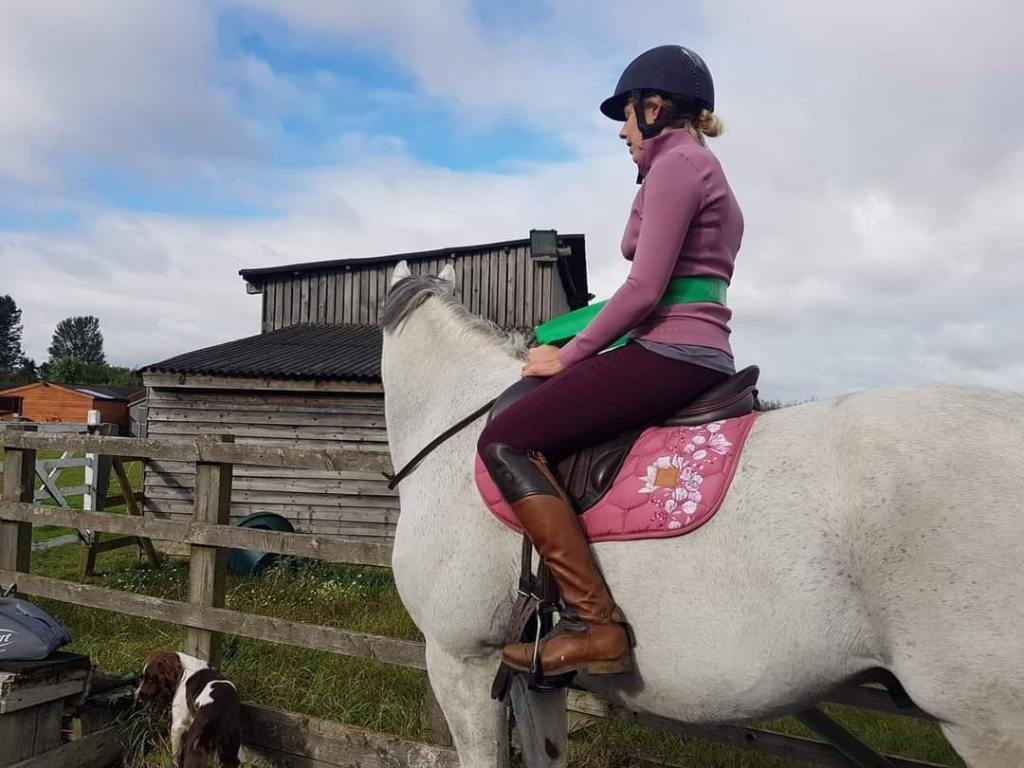
THE CONCEPT OF RESISTANCE BANDS FOR RIDERS
The use of resistance bands in improving athletic skills is not new and has been around for a while. The same applies to the use of such bands in physiotherapy and one of the more interesting applications I came across was their (successful) integration into rehabilitation of stroke patients. (more if interested: https://pubmed.ncbi.nlm.nih.gov/21555984/)
The bands I am reviewing here were designed by Performance Refinery, a company owned by Britta Anna Pedersen, “an experienced senior Physiotherapist with over 16 years experience in the field, prior International Dressage & Event Rider” More: https://equiformancebands.com/pages/about-us
I’ve been using their PR Equiformance Posture Sling – Functional Rider Performance Training Kit and PR Rider Performance Training Kit for about 12 months with 20 riders of various skills levels from complete beginners to grassroots levels competition riders.
DO IT AT HOME…OR NOT?
For all the really good benefits these bands have, I’ve come across riders who purchased them for individual use and weren’t satisfied. Having listened to the reasons these riders had I did see how the bands missed their application in their instances.
Even though there are no particular directives anywhere to use the bands under coaching supervision, I think the lack of eyes on the ground and help with correct wear (adjusted to the issues the rider has) were the reasons some riders didn’t experience full benefits. In some cases, it could simply have been a wrong aid altogether.
Whilst I don’t think one needs to be a physiotherapist to advise on a successful use of the bands, a decent knowledge of anatomy and biomechanics of both horse and rider plays an important role here, at least during the initial ride.
Not every rider will benefit from the use of contralateral bands for example, some will gain an immense help from just one band which will highlight undesirable movement patterns. Others will experience light bulb moments with the band held behind their lower back and held in both hands. Some can have a superb experience with wrists bands only.
I also noticed that riders with naturally high muscle tone have better results with bands that are longer than their height-suitable-band. This might be due to the tension increasing beyond functional level when they have to resist the action of the band. Having a full set for all the heights comes very handy here!
In summary, yes I think this is a fantastic tool for self learning but only after some sessions with a biomechanics focused coach. I am not recommending that to create some false dependency between a rider and an instructor but to help spread a word about the very positive possible applications of this particular rider development aid.




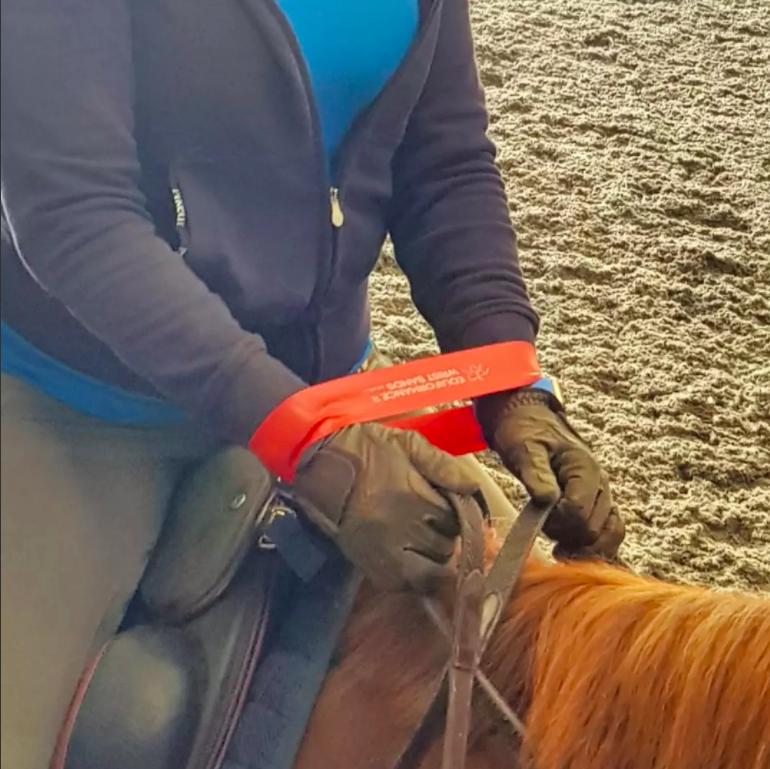









 I believe training is all about little milestones and small but important achievements and as such, celebrating them is part of the game
I believe training is all about little milestones and small but important achievements and as such, celebrating them is part of the game 











